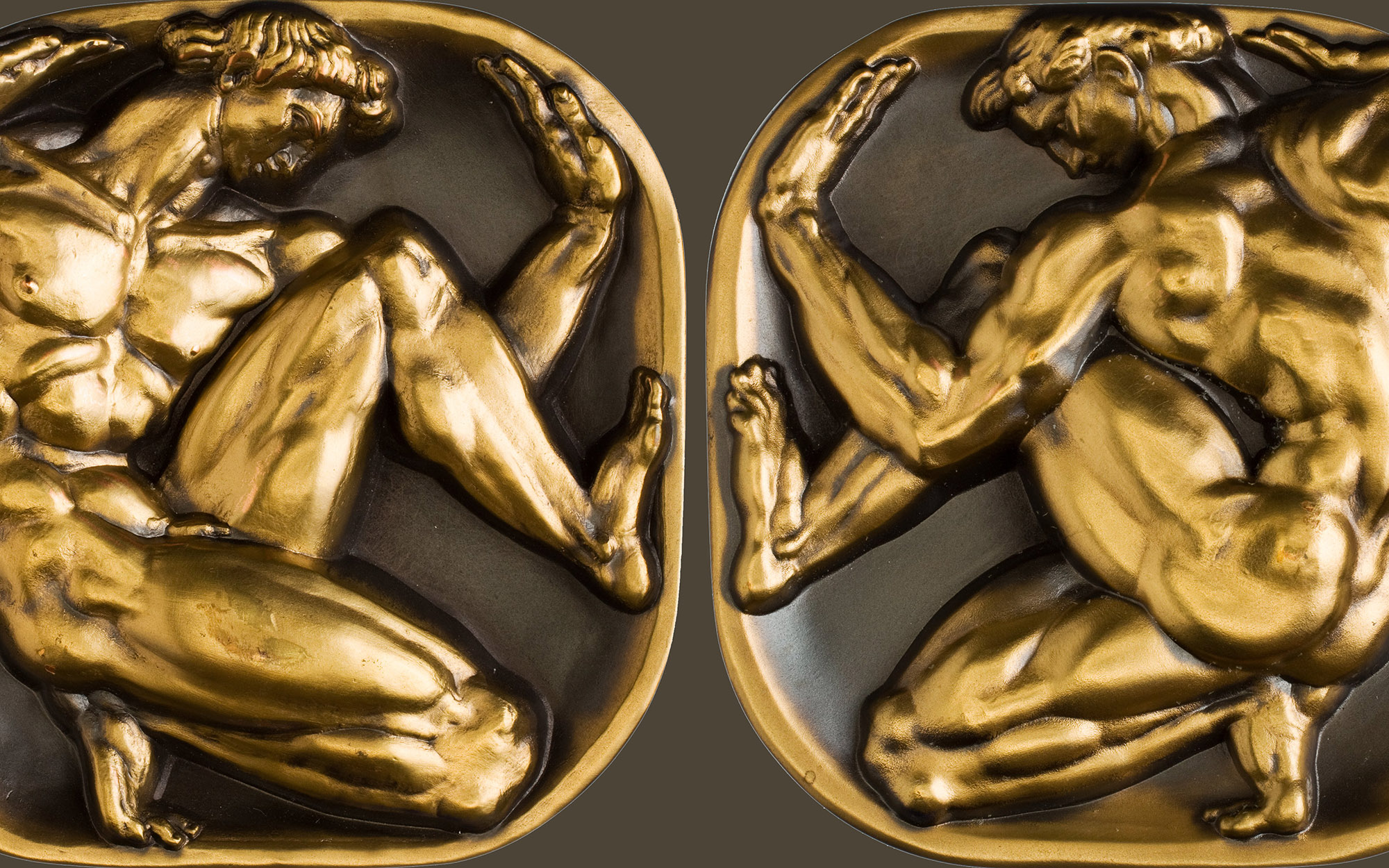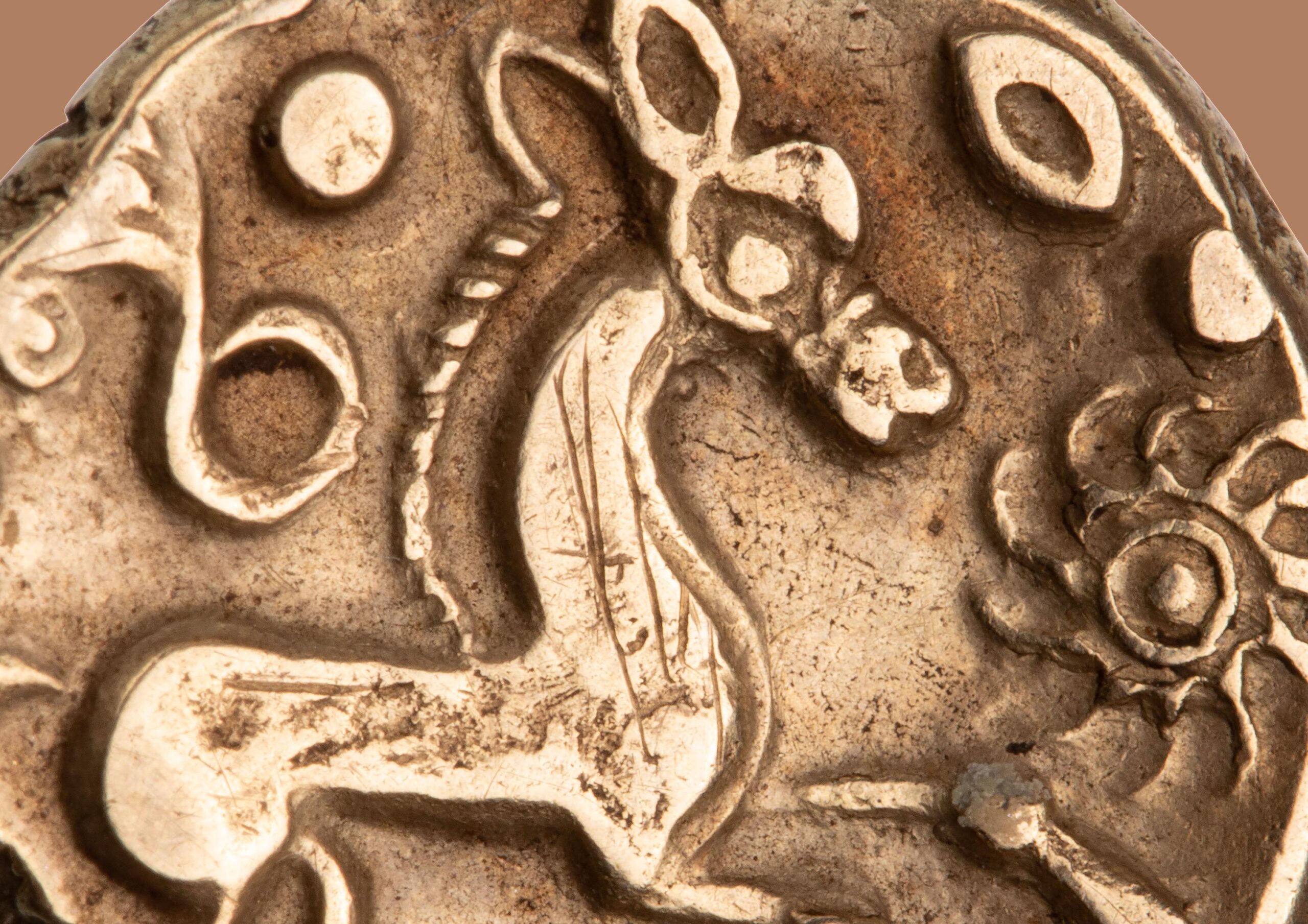Coin-Sound, or the Bruit d’Arain of Armand Trousseau

As numismatists, we know that coins have many, many functions and characteristics. Some of those are inherent from the time the coin is struck (such as a medium of exchange or as propaganda), while others may not arise until long after a particular coin is no longer in circulation (such as a tool for historians / archaeologists or as an alchemic timestamp for metallurgists). Other characteristics may not seem so straightforward, for instance, the use of coins in medicine. Coins have a very long history of medicinal usage. The Greek physician Hippocrates (the “Father of Western Medicine”) used silver coins to heal wounds and control infection, Romans swallowed small copper coins to cleanse the body of toxins, and the practice of kerokan in Southeast Asian cultures (Fig. 1). To many modern practitioners, these numismatic treatments are seen as traditional and alternative forms of medicine, and even quackery.
Other medical treatments that involve coins, however, are not as risky or invasive and are even considered useful today. One of these is known as coin-sound. Coin-Sound is a diagnostic test that is used to determine whether or not an individual suffers from a punctured lung. A punctured lung can cause air or fluid to leak into the pleural cavity—the potential space between the pleural sac that surrounds each lung (Fig. 2)—known as pneumothorax (air) and hydrothorax (fluid), respectively. To test for this, a coin is held flat against the side of the patient’s chest that is thought to be punctured, and tapped with a second coin. With a stethoscope on the direct opposite side of the patient, if there is fluid or air in the pleural cavity, the practitioner will hear a sound resonate, as opposed to quickly mute.[i] At least one source necessitated the use of silver coins, in particular, in order to achieve the best results.[ii] Writing in 1898, Dr. C. F. Hoover described the sound as “a shrill, high-pitched metallic consonance, which, once heard, will always be recognized.”[iii] Hoover practiced on human cadavers and live cows to ensure he had it right.
The sound itself is not produced by the pressure of the air or fluid that has entered the pleural cavity, nor is it the sound from the coins themselves. Rather, the sound comes from tension that is created on the bounding walls of the pressurized cavity. Under normal circumstances (with a negative pleural tension), the walls of the cavity are actually loose and under less tension than when the lung is collapsed. Once collapsed and air/fluid rushes in, the parietal pleura that is attached to the inner chest is stretched and tense, its elasticity heavily tested. Under these circumstances, the shockwave caused by the strike of the two coins held on the chest allows for the parietal pleura to vibrate and emit the sound on its own accord.
Armand Trousseau (1801–1867; Fig. 3) first observed and described coin-sound ca. 1857, which he called bruit d’arain, meaning “brazen noise.”[iv] Trousseau was an important nineteenth-century French internist whose contributions to medicine last into the present day. Some of his better-known contributions include the Trousseau sign of malignancy (aka Trousseau’s syndrome), and the Trousseau sign of latent tetany. He was instrumental in the creation of new modes of treatment for croup, emphysema, goiter, malaria, and pleurisy. In 1837, he won the prestigious prize of the French Academy of Medicine for his essay on laryngology, and later performed the first tracheotomy in France. He coined the terms aphasia and forme fruste. Trousseau is often erroneously credited with the quip “use new drugs quickly, while they still work.”[v]
Eventually, Trousseau’s bruit d’arain was found useful for other ailments as well. For instance, using the same technique, cases of advanced tuberculosis can be diagnosed. However, instead of placed over a punctured lung, the coins must be placed over a pulmonary cavity that connects with a bronchial tube. Instead of a strong resonance, this peculiar sound (which is only heard while the patient’s mouth is open) is said to resemble that of a cracked pot being struck with another piece of metal. Hence the name, cracked-pot resonance.
While some of the medicinal uses of coins seem on the verge of wizardry, others have clearly proven to be practical. Throughout the late nineteenth and early twentieth centuries, coin-sound allowed for the ailments of many patients to become better understood and more efficiently diagnosed by doctors, thus easing the symptoms of their patients quicker than in earlier generations. Though replaced by more modern medicine (Fig. 4), coin-sound was routine treatment for our forefathers. While the use of coinage in medicine was not part of their intended purpose, it is yet another function and characteristic that numismatists can apply to the study of money and expands our understanding of the many roles that coinage has played in our lives.
Figure 1. Kerokan (Indonesian for “scraping”) is repeated downward, linear, and pressured strokes over lubricated skin using a hard object with a smooth edge, usually a coin. The process is repeated until ecchymoses appear—the discoloration of the skin resulting from bleeding underneath (different from a bruise). The more ecchymoses that appear (translated into heat escaping the body), the better it is believed to remedy a variety of symptoms that are related to the common cold. In English, coining is often used as a synonym to kerokan.

Figure 2. An artistic rendering of human lungs. The inset to the right shows the layers that surround each lung. When a lung collapses, the pleural cavity—the darker pink layer between the two lighter layers—can fill with air or fluid. The stress pulls on the parietal pleura—the lighter pink layer to the right—stretches and becomes taut and, when the two coins strike against each other, the shockwave causes the parietal pleura to reverberate and create a sound that can be heard with a stethoscope.

Figure 3. Dr. Armand Trousseau, the discoverer of coin-sound, or what he termed bruit d’arain, which translates to “brazen noise.” After the 1857 discovery, this technique was used for the detection of other air-filled cavities in the human body.

Figure 4. An x-ray of a collapsed lung. The lung on the patient’s left (viewer’s right) is collapsed, as seen by the darker void that is filled with air. Here, coin-sound would most definitely produce a quality reverberation.
[i] The practice of listening to the lungs, heart, or other organs by any means is known as auscultation.
[ii] A.A. Stevens, “Pneumothorax: Physical Signs,” The Practice of Medicine (Philadelphia: W.B. Saunders Company, 1922), 626.
[iii] C.F. Hoover, “Some Observations on the Physical Signs of Pneumothorax and Its Treatment,” Cleveland Journal of Medicine 3, no. 2 (February 1898): 53.
[iv] E. Bouchut, Nouveaux éléments de pathologie Générale et de séméiologie (Paris: J.B. Baillière et fils, 1857), 954–955.
[v] It is known that Michel-Philiippe Bouvart made the same quip about 40 years earlier.




